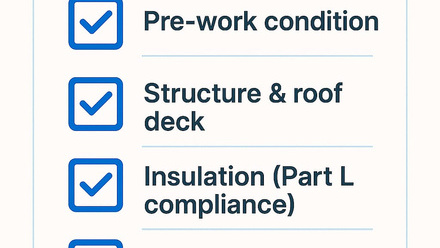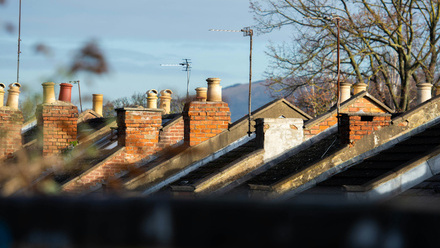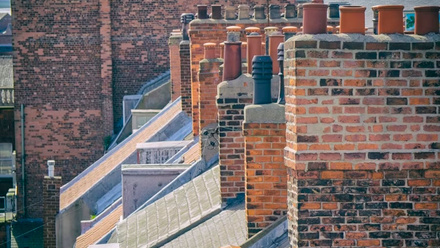Site Inspection Guidance
Key Areas the Inspector Will Assess:
1. Extent of Works
- Confirm that more than 50% of the roof covering is being replaced. This triggers the requirement to upgrade the thermal element under Part L.
- Verify the type of roof (pitched or flat) and the construction (warm roof, cold roof, hybrid, etc.).
2. Thermal Upgrade Details
- Assess whether the thermal performance of the roof is being upgraded to meet or exceed the required U-value (e.g., currently around 0.16 W/m²·K for pitched roofs).
- Confirm the insulation material, thickness, and method of installation (e.g., over rafter, between rafter, under rafter, or a combination).
3. Continuity of Insulation
- Check for thermal bridging or gaps in insulation.
- Ensure proper detailing at junctions, such as:
- Eaves
- Verges
- Abutments
- Chimneys and dormers
4. Ventilation and Condensation Risk
- Evaluate whether adequate ventilation has been provided to prevent interstitial condensation, especially in cold roof constructions.
- Confirm that the vapour control layers (VCL) and breather membranes are correctly installed and lapped.
5. Compliance with Building Regulations
- Review documentation or evidence showing compliance with:
- Part L – thermal performance
- Part C – resistance to moisture
- Part B – fire safety (relevant materials and interfaces)
- Inspector may ask to see product datasheets, U-value calculations, or installation certificates.
6. Workmanship and Installation Standards
- Inspect roof covering installation quality, flashing details, fixings, and weatherproofing.
- Ensure the insulation has not been compressed or compromised by other elements like cables or services.
- Adherence to health and safety on-site requirements ie. correct PPE, fire prevention (hot works), access and fall prevention
7. Photographic or Written Evidence
- Inspector may request or take photographs to document compliance.
- The contractor should provide:
- Before and after photos
- Evidence of insulation install (e.g., mid-construction photos)
- Manufacturer specs or installer notes
Contractor Tips for a Smooth Inspection:
- Prepare a portfolio of evidence to include a copy of U-value calculations, insulation spec sheets, site inspection reports, fire safety certificates and other conformity declarations.
- Keep photos of the project including insulation installation stages ready.
- Ensure all roof interfaces and detailing are complete and accessible.
- Be prepared to discuss how wind load and structural design assessments have been managed.




